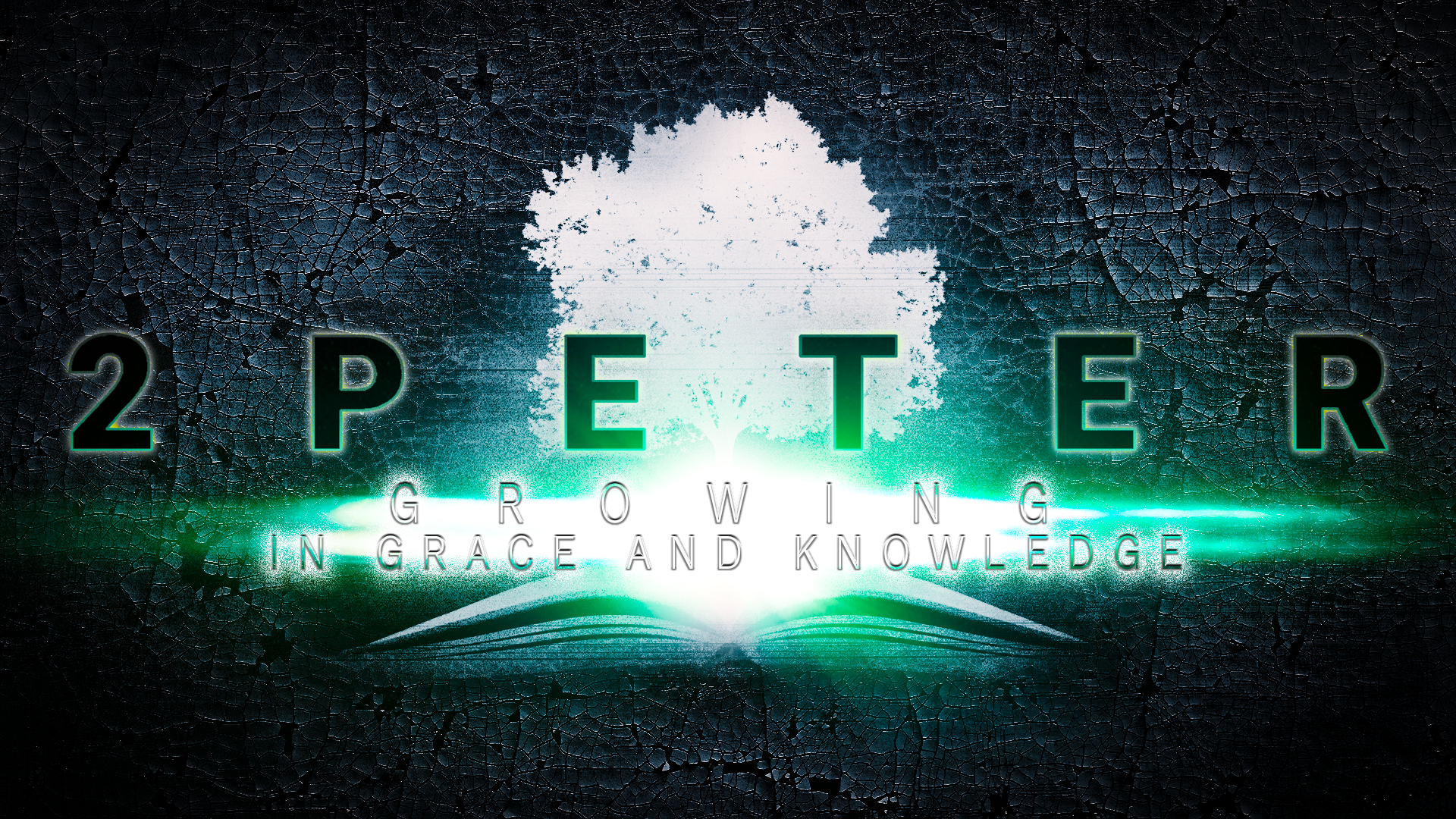2 Peter | Growing in Grace and Knowledge
2 Peter Overview
The Book of 2 Peter is a brief but powerful New Testament letter written to encourage believers to grow in spiritual maturity, resist false teaching, and stay hopeful as they await the return of Jesus Christ. Traditionally attributed to the Apostle Peter, this letter is believed to have been written shortly before his death, around A.D. 64–68. It serves as Peter’s farewell message, reminding Christians of essential truths and urging them to stand firm in their faith in a world full of deception and moral corruption.
Background and Purpose
2 Peter was written during a time of growing challenges for the early church, including internal threats from false teachers and external pressures from a hostile culture. These false teachers were not only spreading deceptive doctrines but also promoting immoral lifestyles, denying the return of Christ, and undermining apostolic authority.
Peter, sensing that his time was short (2 Peter 1:14), writes this letter to reinforce core Christian teachings and to remind believers to remain faithful. His tone is urgent and pastoral, filled with concern for the church’s spiritual health and future. Unlike his first letter, which focused on encouragement amid persecution, 2 Peter is more about guarding the truth and growing in holiness.
Chapter 1: Growing in Grace and Remembering the Truth
Peter opens the letter by reminding his readers that, through Jesus Christ, God has given them everything they need for life and godliness. Believers are called to actively pursue spiritual growth—adding to their faith virtues such as goodness, knowledge, self-control, perseverance, godliness, mutual affection, and love. These qualities help ensure that Christians remain fruitful and effective.
Peter emphasizes the importance of remembering the truth. He says he is writing to stir them up by way of reminder, knowing his death is near. He wants them to hold firmly to the teachings of the apostles and prophets, which are not based on myths but on eyewitness testimony and divine revelation.
He highlights the experience of the Transfiguration (Matthew 17), where Peter, James, and John saw Jesus in glory. This event confirmed the truth of Jesus’ divine identity and serves as a foretaste of His second coming. Peter also affirms the trustworthiness of Scripture, saying it is inspired by the Holy Spirit and not merely human opinion.
Chapter 2: Warning Against False Teachers
The heart of Peter’s warning is found in chapter 2. He draws parallels between false teachers in the church and false prophets in Israel’s past. These deceptive individuals secretly introduce destructive heresies, deny the Lord who redeemed them, and exploit others for personal gain.
Peter gives a scathing description of their character—they are arrogant, greedy, immoral, and unrepentant. He assures readers that God will judge them, just as He judged the angels who sinned, the ancient world in Noah’s time, and the cities of Sodom and Gomorrah. These examples serve as both warnings and encouragements: while God knows how to punish the wicked, He also knows how to rescue the godly.
False teachers, Peter warns, promise freedom but are themselves slaves to sin. They entice others through empty words and sinful desires. Their end is worse than their beginning, especially because they knew the truth and deliberately turned away from it. Peter uses vivid imagery to describe their condition, likening them to dogs returning to their vomit and pigs returning to the mud.
Chapter 3: The Day of the Lord and Final Exhortations
In the final chapter, Peter addresses skepticism about Christ’s second coming. Some were mocking the idea, saying that everything continues as it always has. Peter refutes this by reminding them of the past judgment through the flood in Noah’s day and affirming that the same Word of God now holds the present world for future judgment by fire.
He explains that God’s timing is not like ours—“With the Lord, a day is like a thousand years, and a thousand years like a day” (2 Peter 3:8). God is not slow in keeping His promise, but is patient, desiring all to come to repentance.
Peter urges believers to live in anticipation of Christ’s return, leading lives of holiness and godliness. He describes the coming “day of the Lord” as sudden and transformative, resulting in a new heaven and a new earth where righteousness dwells.
He concludes with final exhortations: to be diligent in growing in grace, to be on guard against false teaching, and to remain stable in faith. The final verse encapsulates the entire letter’s theme: “But grow in the grace and knowledge of our Lord and Savior Jesus Christ. To Him be glory both now and forever! Amen” (2 Peter 3:18).
Themes and Legacy
2 Peter stresses several core themes: the necessity of spiritual growth, the danger of false teaching, the certainty of divine judgment, and the hope of Christ’s return. It challenges believers not to be complacent but to actively pursue godliness and truth.
Despite its brevity, 2 Peter leaves a lasting legacy as a call to perseverance and discernment. It reminds readers that in a world filled with deception, the Word of God remains trustworthy, and that Christ will indeed return to make all things new.


